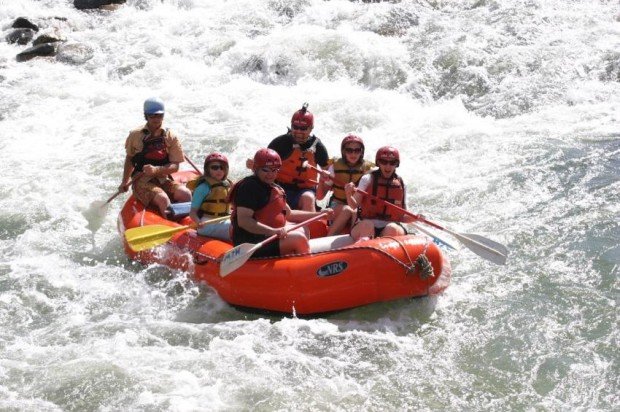6 Ways To React To Sports Injury
Sports injuries can be debilitating and demoralizing, but they don’t have to keep you from playing the sport you love. With proper treatment and preventative measures, athletes of all levels can recover quickly and get back on the field or court in no time.
In this article, we will discuss how to handle a sports injury properly —from diagnosis to rehabilitation— so that you can return safely and confidently after an injury. We will also review ways to prevent future injuries so that you can stay active for years to come.

Seek Medical Attention
When dealing with a sports injury, the first step is to seek medical attention. If the injury is serious, such as a broken bone or joint dislocation, you should seek emergency medical care immediately. Even if the injury does not appear to be severe, it is important to see your doctor for an accurate diagnosis and treatment plan. The people at ScienceofRehab.com note that a doctor knows how to differentiate injuries, such as a sprained ankle or a broken ankle, and they can provide an accurate diagnosis and treatment plan that is tailored to your specific injury. This is also important for preventing further damage.
Rest and Ice
Resting the injured area and applying ice to reduce inflammation are two of the most basic treatments for a sports injury. Resting allows the body to heal itself, while icing reduces swelling and pain. It is best to apply an ice pack on the injured area for 20 minutes at a time, up to three or four times per day. When using ice, make sure to wrap it in a towel or cloth so that you don’t damage your skin. In addition, be careful not to overdo it, and make sure to take breaks between icing sessions.
Compression and Elevation
Compressing the injured area with an elastic bandage can help reduce swelling and pain. It is important to note that too much compression can cause more harm than good, so you should only compress the area snugly but not tightly. Additionally, elevating the injured area above your heart can help reduce swelling and pain. It is best to elevate the injured area for 15 minutes at a time, up to four times per day. This should be done in combination with rest and icing.
Physical Therapy
If the injury is severe, you may need to attend physical therapy sessions in order to regain strength, flexibility, and range of motion. Physical therapists can help you determine which exercises are best suited for your particular injury, as well as how to properly perform those exercises. Additionally, they can provide guidance on what activities you should avoid in order to prevent aggravating the injury. When participating in physical therapy, be sure to follow your doctor’s instructions and take breaks as needed. They can also provide tips on how to prevent future injuries.

Following Your Doctor’s Recommendations
It is important to follow your doctor’s recommendations when dealing with a sports injury. This includes treatments such as resting, icing, compressing, and elevating the injured area, taking medications as prescribed, and attending physical therapy sessions. It is also important to monitor the healing process in order to prevent further damage or re-injury of the area. Keep in mind that everyone recovers differently, so be patient with yourself and take it one step at a time. You will be back on the court or field in no time.
Preventing Future Injuries
The best way to prevent future sports injuries is to practice proper form and technique when playing your sport. Additionally, it is important to warm up and cool down properly before and after each activity. Wearing the appropriate protective gear can also help protect you from injury. Be sure to take breaks when needed and do not overwork yourself. With the proper approach, you can stay active for years to come. When exercising after the injury has healed, start slowly and gradually increase the intensity of your workouts. This will help ensure that you do not aggravate the injury or cause a new one. Plus, always remember to listen to your body and stop if you feel any pain or discomfort.
By following the tips outlined above, you can help manage your sports injury safely and effectively. Taking measures such as rest and icing are important for reducing swelling and helping the body heal itself. Additionally, attending physical therapy sessions and following your doctor’s instructions can help you regain strength and range of motion. Finally, taking steps to prevent future injuries is key in ensuring that you stay safe while participating in your favorite sports activities. With a little effort, you can be back on the court or field in no time.
